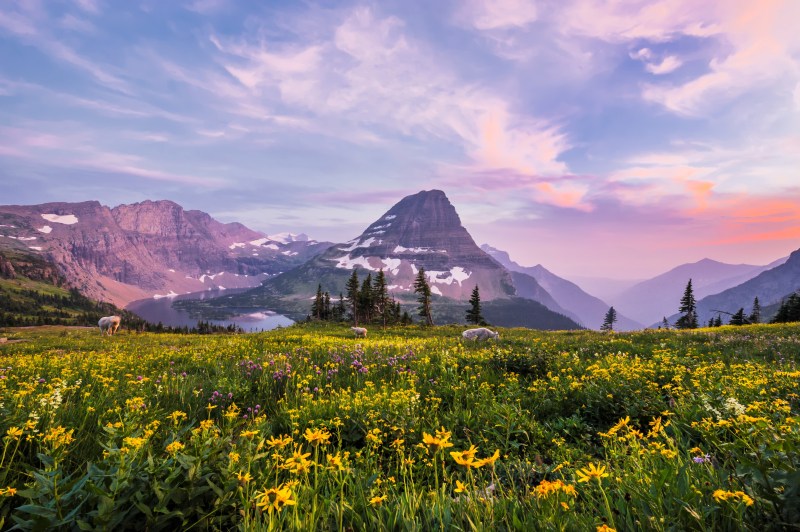
Soaring mountains, dune-covered deserts, glacial lakes, primeval forests, and red rock canyons set the stage for memorable adventures in splendid U.S. national parks — “America’s best idea,” as filmmaker Ken Burns rightly described it. You could spend years exploring the countless wonders of these cherished reserves, but if time is limited, then focus your attention on the best of the best. Below is our admittedly subjective list of the top 20 parks, presenting a wide variety of landscapes and locales.
National Park Pass programs
Before we get into the list of U.S. national parks, let’s cover how you can save money if you’re going to be visiting several of America’s best
- Annual Pass: This pass costs $80 and is valid for one year at over 2,000 federal recreation sites managed by six different agencies, including the National Park Service. This is a good option if you plan on visiting several parks throughout the year.
- Senior Pass: Citizens 62 and older can purchase a lifetime Senior Pass for $80. It grants the same access as the annual pass.
- America the Beautiful Pass: This pass costs $80 and covers entrance fees for a single vehicle, including rentals and RVs, at national parks and federal recreational lands for 12 months.
- Military Pass: Veterans get a free lifetime pass to national parks and other federal recreational lands. Here are some additional things to keep in mind about national park passes:
The above passes typically cover entrance fees only. Some amenities within parks, like
Now, let’s get into it. Here are the best
Grand Canyon
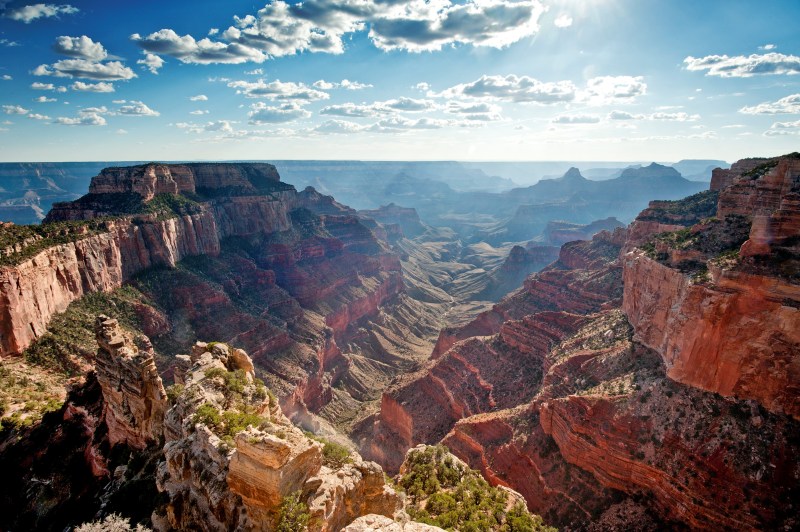
There’s a reason over 5 million people each year make the trip to the Grand Canyon. It’s simply one of the most spectacular sights on the planet. Whether peering over the edge or
Yellowstone
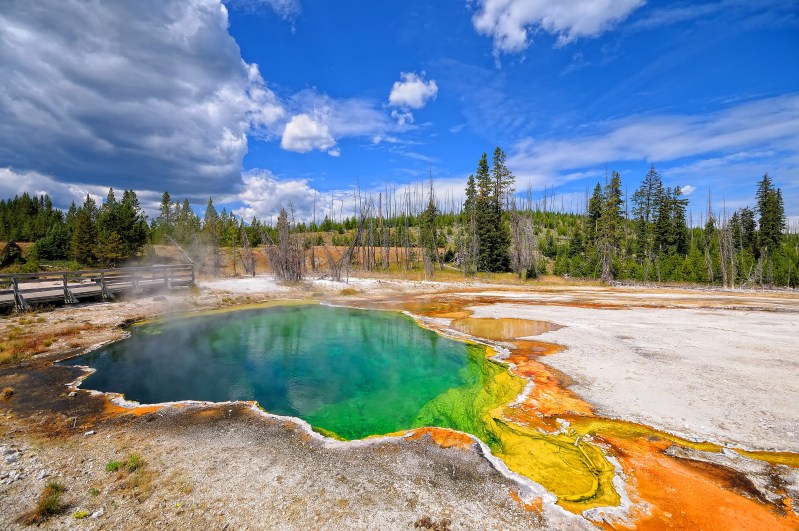
No need to pony up $28 million to fly into outer space. You’ll feel like you’ve left planet Earth behind when you set foot amid the gurgling mud pools, boiling rainbow-colored springs, and thundering geysers of Yellowstone in northwestern Wyoming. Perched atop a massive supervolcano, the geology here is as spectacular as the wildlife. And in addition to grizzlies, bison, and wolves, this 3,500-square-mile national park contains fossil forests, colorful canyons, and one of the world’s largest alpine lakes. Ready to go? Check out our Yellowstone Park packing list.
Yosemite
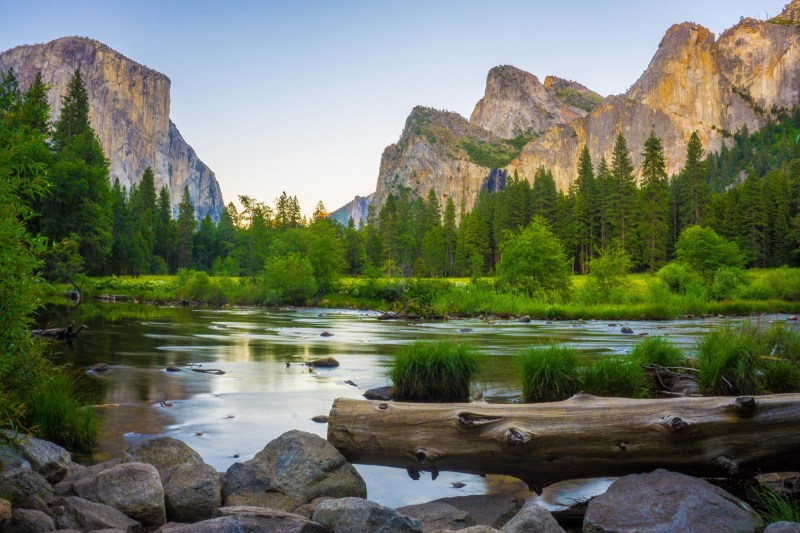
The crown jewel of Northern California’s impressive
Great Smoky Mountains
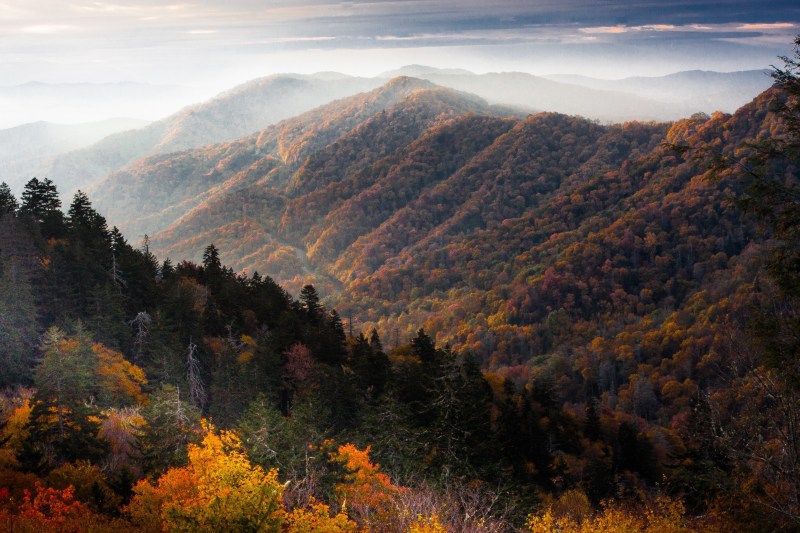
Spread along the border between Tennessee and North Carolina, the Great Smoky Mountains is a magical setting of thick spruce forests, silvery streams, and lofty mountaintops affording staggering views over the vast Appalachian wilderness. You can camp and hike to your heart’s content along more than 800 miles of trails (including 71 miles of the Appalachian Trail). You’ll also find aquatic adventures in Fontana Lake and historic sites and scenic lookouts all along the Newfound Gap Road.
Zion
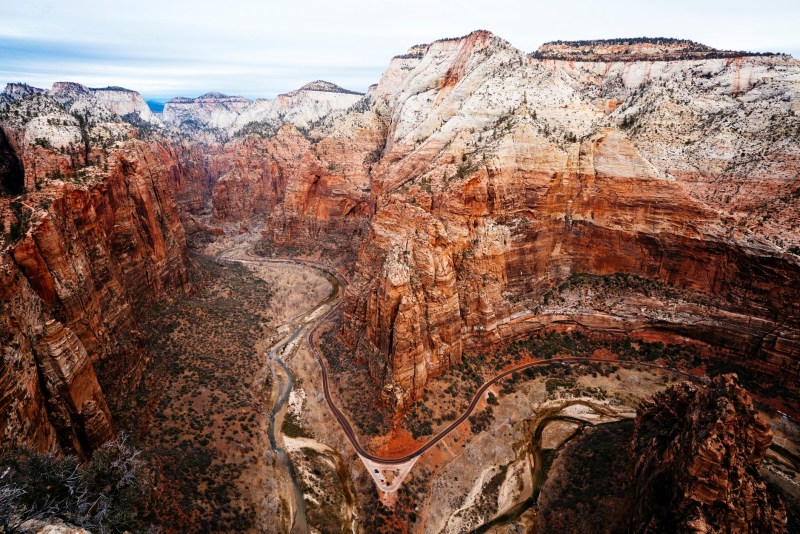
Jagged peaks rise above the red rock deserts of southern Utah, setting the stage for an array of incredible hikes. Zion’s most famous destination is the Angels Landing Trail, which takes you up to a lofty promontory (1,400 feet of elevation gain) with sheer drop-offs along the way. For more remote adventures, tackle the Narrows, a 16-mile journey through slender canyons along the Virgin River. It’s easy to spend a few days here, and you might stay longer than planned, especially if you score a prime riverfront campsite. For a touch more luxury, book a cabin at the historic Zion Lodge.
Glacier
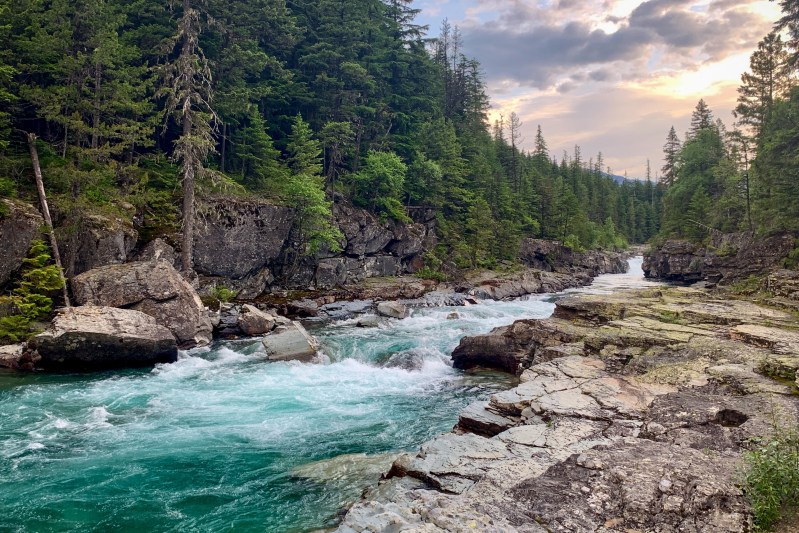
When you need a break from the urban hustle, head to this awe-inspiring national park tucked into northern Montana. The 1,562-square-mile park encompasses over 700 lakes, two dramatic mountain ranges, and countless waterfalls. A fine introduction to the park’s splendor is the Going-to-the-Sun Road, one of America’s most spectacular byways. Here, you’ll find glacial lakes, cedar forests, alpine tundra, and various
Death Valley
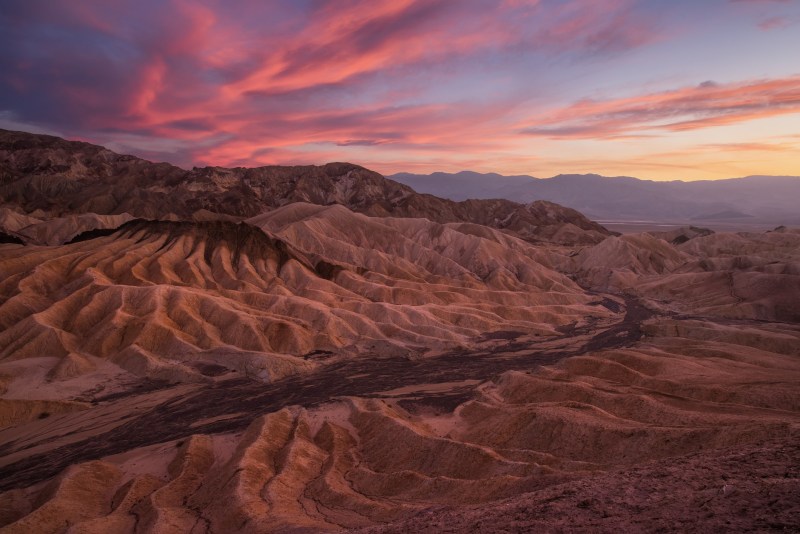
Though the words Death Valley tend to conjure images of bleached-white bones simmering in a barren sun-baked landscape, this wondrous national park has much more up its sleeve than just parched skies and soaring temperatures. In fact, you’ll find striking wind-sculpted dunes, palm-filled oases, and craggy mountain peaks. Come at sunrise or sunset to see the gilded light on the shimmering sands, and allow plenty of time to explore the park’s canyons, wind-whipped ghost towns, and other oddities, including viewpoints taking in America’s lowest point (Badwater at 282 feet below sea level) and one of its highest (Mt Whitney at over 14,500 feet).
Denali
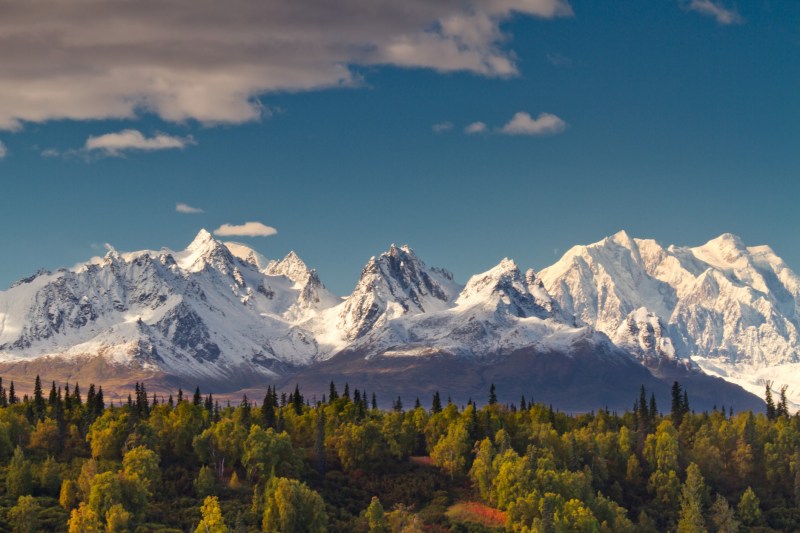
If you have time to visit just one place in Alaska, make it Denali National Park. Its size is staggering — 6 million acres of boreal forests, glaciers, and tundra — and the wilderness aspect is no joke. If you want to see grizzly bears, moose, and caribou, it’s hard to think of a better place. The park’s namesake is towering Mt. Denali, which at 20,310 feet is the highest point in North America. An unpaved 92-mile road takes you into the wilderness, though you can also base in nearby towns like Canyon.
Acadia
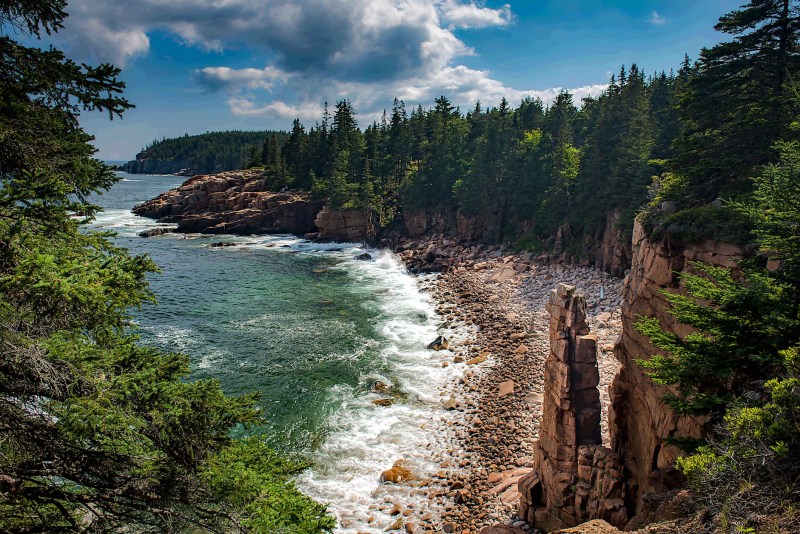
On the coast of Maine, New England’s only national park takes in a mix of thick forests, rocky summits, and a craggy wave-kissed shoreline. You can base at campsites inside the park or opt for a more upscale experience in the elegant B&Bs and vintage resorts of nearby Bar Harbor. Apart from scenic walks, Acadia National Park has carriage roads that are perfect for cycling. You can also tour the verdant gardens in the area, stop for lobsters at a dockside restaurant in the area, and explore the coastline (and nearby islands) on boating adventures.
Sequoia
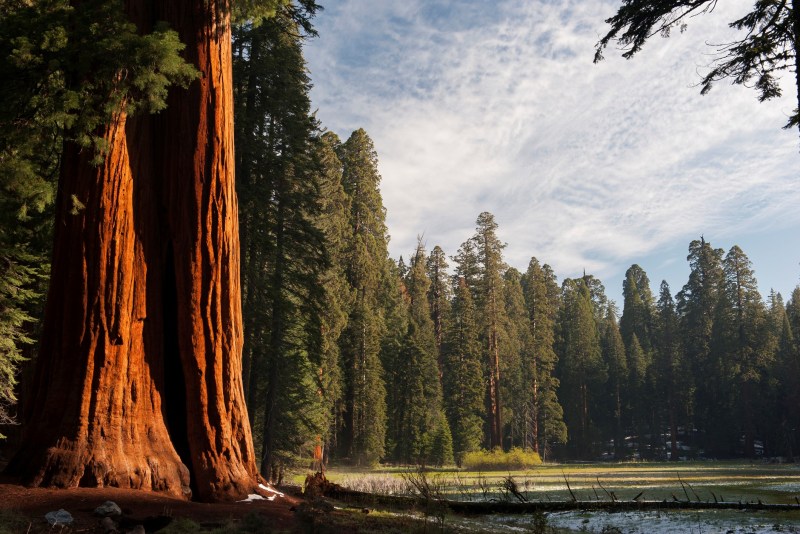
In the southern Sierra Nevada, Sequoia National Park is home to some of the largest living things on the planet. Soaring high above the forest floor are the staggering giant sequoias, which can reach over 250 feet tall and measure some 100 feet around the trunk. Walking through this forest of giants is an awe-inspiring experience, though there’s much more to see here, including a 10,000-year-old cave, picturesque swimming holes, and high-elevation lakes.
Rocky Mountain
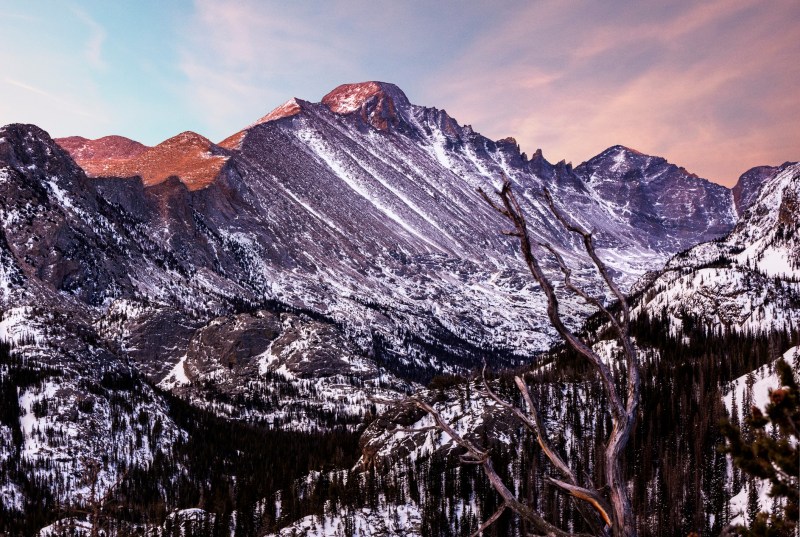
Before summiting the majestic peaks of Colorado’s iconic national park, take a scenic drive along the 48-mile-long Trail Ridge Road. You’ll rise through pine and aspen forests, past alpine meadows (full of wildflowers in the summer), and reach an overlook above the treeline where you can take in the surrounding peaks in all their illuminated glory. Afterward, hit the trails for a close-up experience of the park. With over 355 miles of
Badlands
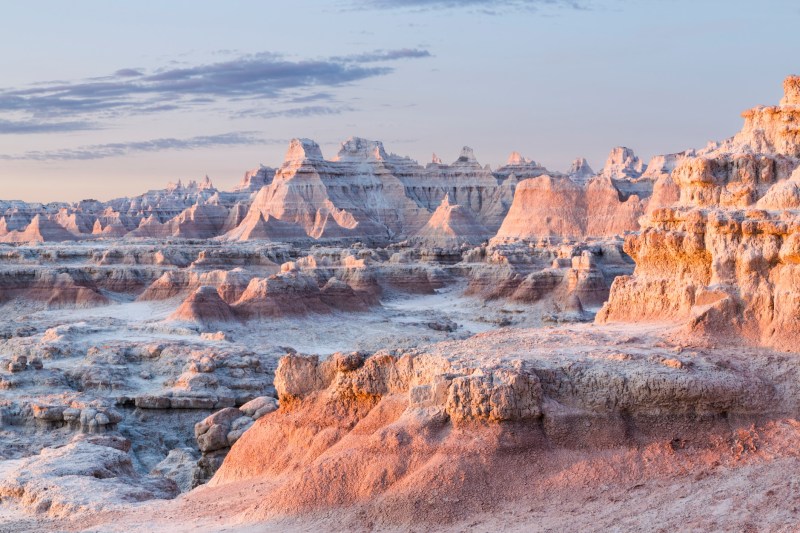
The craggy, lunar-like landscapes of western South Dakota have entranced visitors for centuries. Though the rocky backdrop seems barren of living creatures, the region was once teeming with life — in fact, the Badlands holds one of the world’s densest concentrations of fossils. You can peer back a few dozen million years while walking fossil trails, and get a closer look at wonders from the past at the working paleontology lab.
Grand Teton
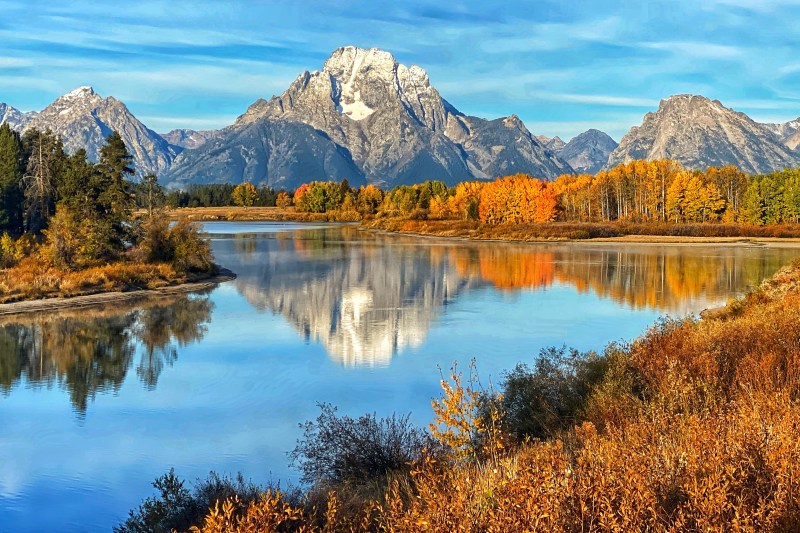
In eastern Wyoming, imposing mountain peaks and high-altitude lakes are like siren songs for the adventurer. Not a place with casual drive-by sights, Grand Teton demands commitment:
Hawaii Volcanoes
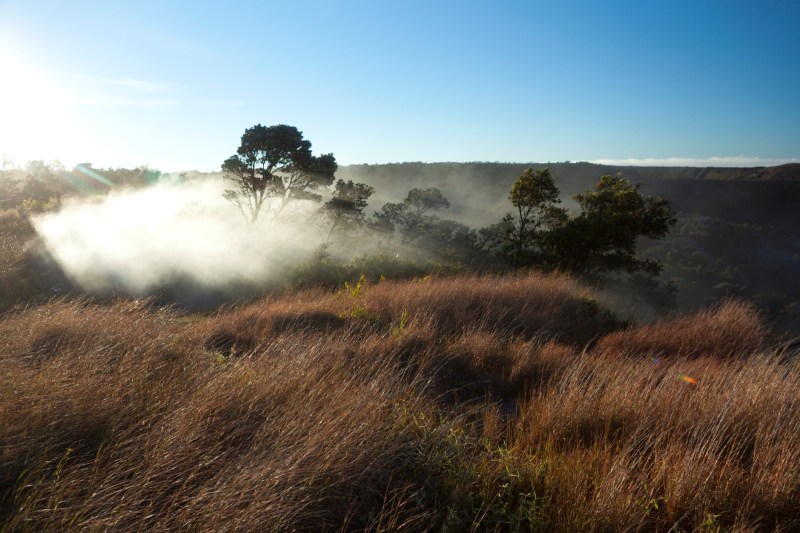
One of the only
Olympic
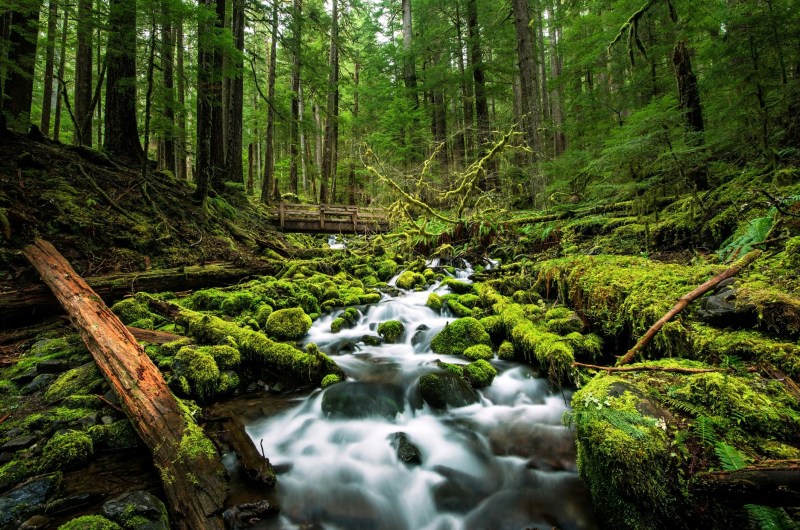
You’ll feel like you’ve stepped into Middle Earth as you wander the verdant forests and silvery streams, a thick blanket of moss carpeting nearly everything in sight. Tucked into northwestern Washington, Olympic National Park benefits from a tremendous amount of rain. In fact, this is one of the wettest places in the US, it’s also one of the world’s most impressive examples of primeval temperate rainforests.
Mesa Verde
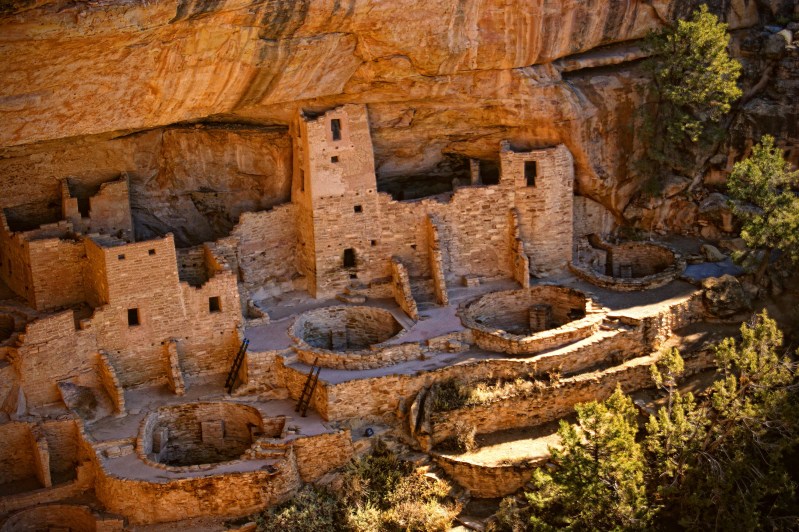
In a sunbaked pocket of southern Colorado, you’ll find an astonishing fragment of ancient indigenous civilization. Set in alcoves hundreds of feet above the valley floor, cliff dwellings built by ancestral Puebloans date back more than 700 years. You can explore the site on ranger-led tours, clambering up ladders, crawling through tunnels, and descending into atmospheric kivas (ceremonial centers) that still mystify archaeologists today.
Isle Royale
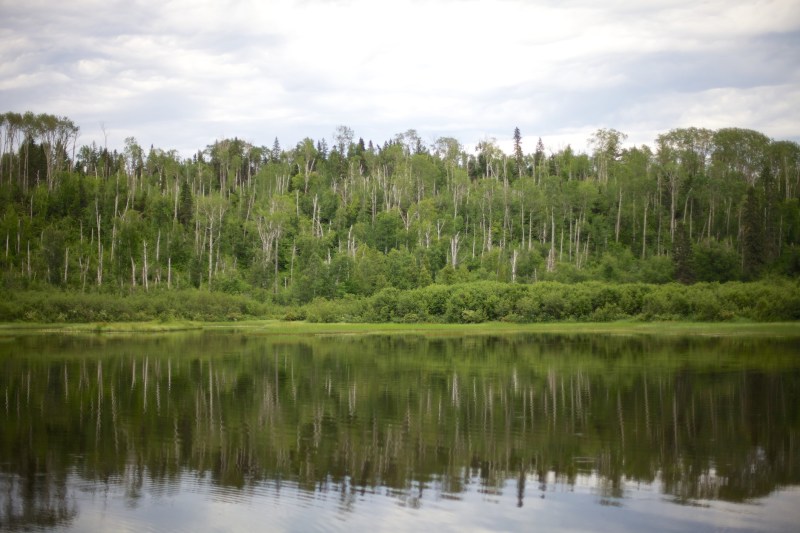
You’ll leave the crowds behind as you paddle off into the watery wilderness of Isle Royale, one of the least visited
Big Bend
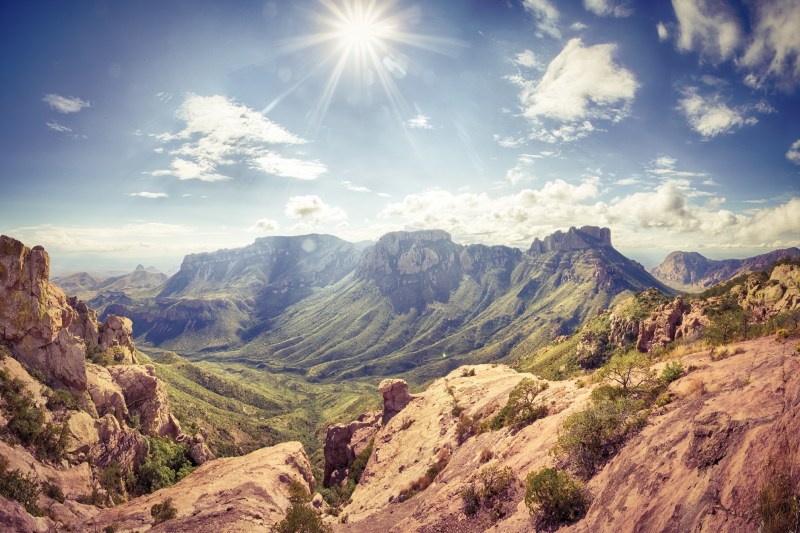
In the southwest of Texas, this enormous national park has rolling mountains, desert scrubland, and one famous meandering river winding through it. Given the park’s size and remoteness, it’s worth sticking around a while after you make the trip out. You certainly won’t lack things to do: Hikes of a wide variety, soaking in hot springs along the riverbank, canoeing the Rio Grande, and watching the evening skies light up with stars. You’ll also find incredibly scenic drives, nearby ghost towns to explore, and plenty of wildlife viewing opportunities (over 450 bird species have been spotted in the park).
Carlsbad Caverns
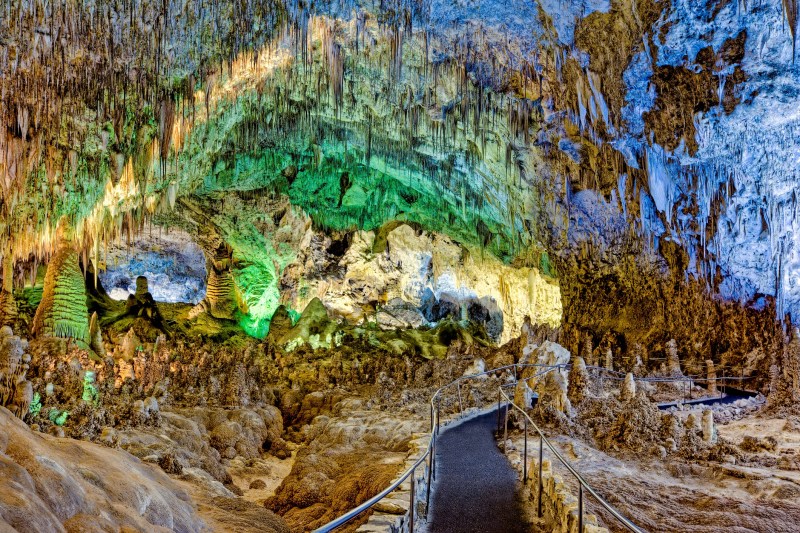
A subterranean wonderland lurks below the desert wilderness of the southeastern part of New Mexico. Created slowly over the span of millions of years, the sparkling chambers of Carlsbad Caverns are packed with sculpture-like geological formations. Take in the vastness of the Great Room, the largest single cave chamber in North America, or sign up for more challenging ranger-guided tours and crawl your way into less-visited pockets like the helictite-filled Medusa Room. Don’t miss the evening-winged exodus when thousands of Brazilian Freetail bats fill the sky after dusk.
Everglades
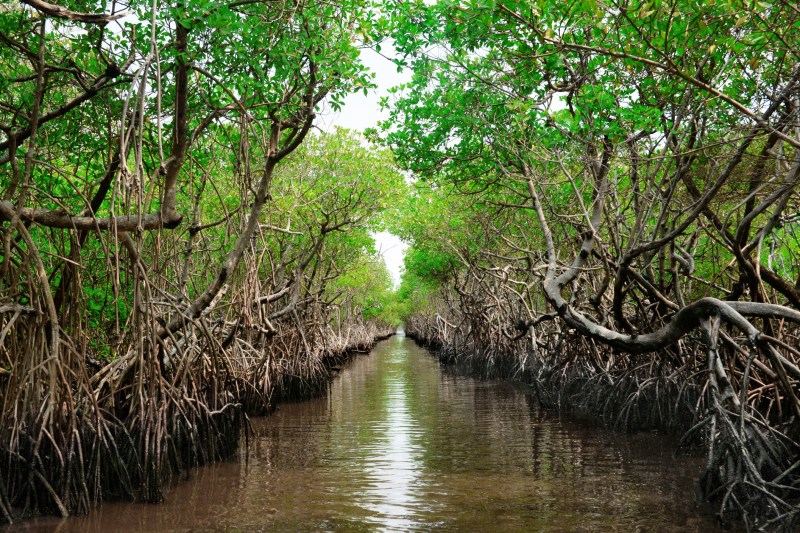
Spread across more than 2,400 square miles, the Everglades encompass the largest tropical wilderness in the US. There’s no better place to see alligators than along the park’s many boardwalk trails (come back at night, flashlight in hand, to see the creatures at their most active), though this watery wonderland is also a paradise for birdwatchers. You can also explore by boat — though we recommend kayaking and canoeing over noisy airboat tours. For a multiday canoeing adventure, head out (with a good map!) to the Ten Thousand Islands, where you’re sure to see dolphins, rays, and other sea creatures as you paddle by day and overnight on tiny islands along the way.
Hopefully, this list has inspired you to go out and see some beautiful new parks. No matter what you enjoy, whether it be



